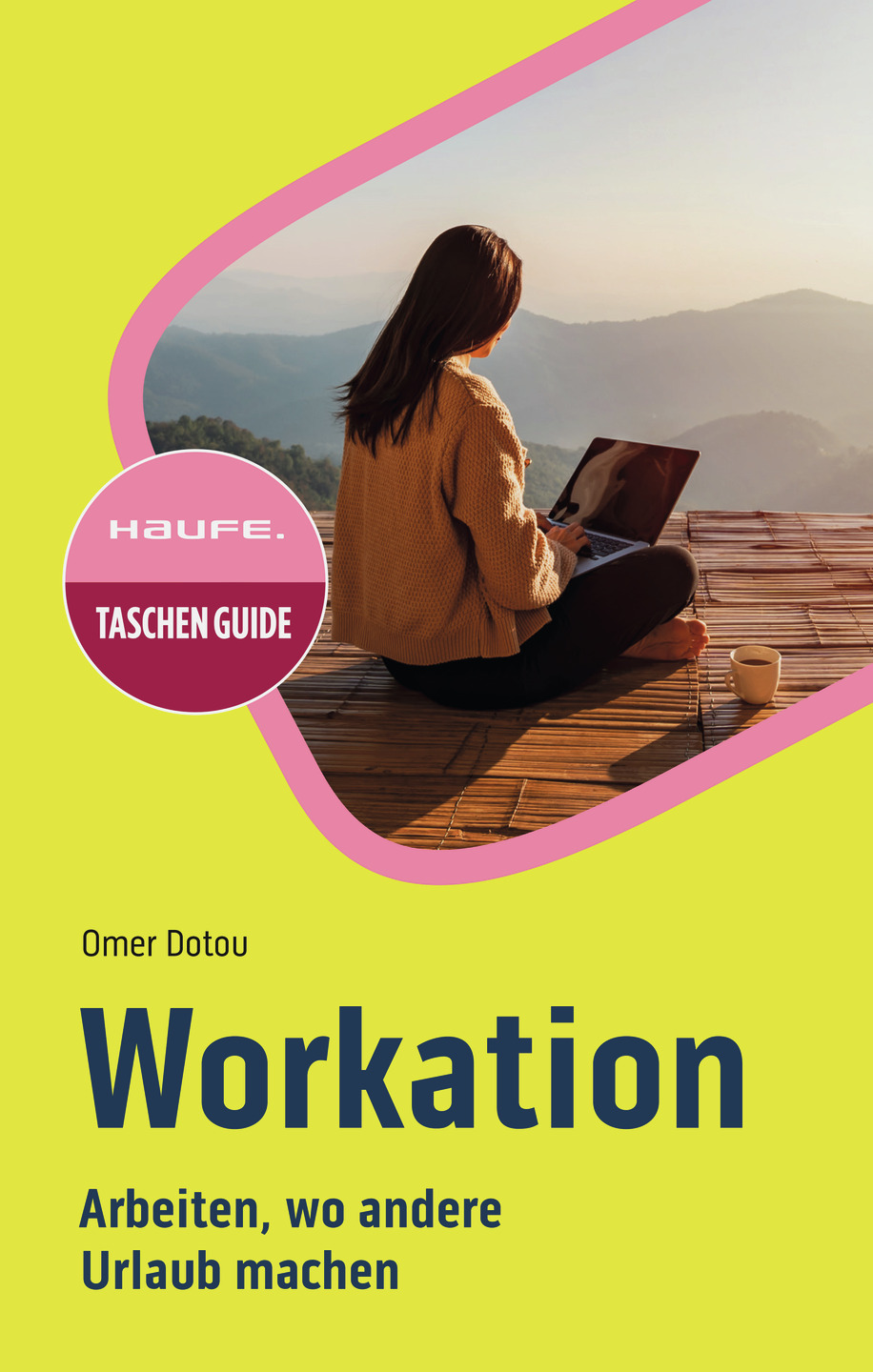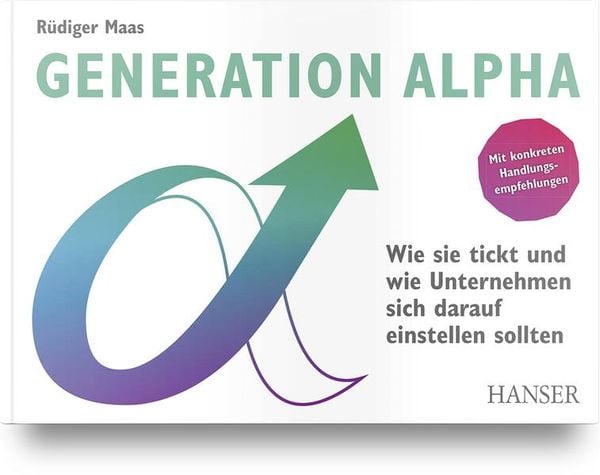Following up my blog posting about negotiation schemata in November 2014, I am posting a list of negotiation schemata. In the previous blog I posted four. After a lot more thinking, reading, and talking… I have 12 to put in front of you!
| Schemata | Description |
| 1. Win/lose | Distributive thinking. Each gain has a related loss and vice versa. |
| 2. Employ a multistep process to get satisfying results | Specific steps and phases are followed which provide a structure to the negotiation. |
| 3. Explore/Solve Win/Win Cooperate | Integrative thinking. Gains are maximized for all parties. Seek opportunities beyond those you started with. |
| 4. Pitch to absent boss | Speaking through the counterparty to the needs and desires of their superior. Think like this: “I always propose in a way that will convince their boss.” |
| 5. Determine if there is suitable end to end business logic in the situation | A reflective approach that seeks to understand the entirety of a proposal including suppliers, distant stakeholders, product lifecycle, relationship lifecycle and more. |
| 6. Bargaining/Logrolling i.e. trade incremental concessions | Trading concessions especially by linking, delinking, and repackaging issues. |
| 7. Get the deal and move on | Prioritizes time and cost efficiency. Goal is to completing move on, regardless of the outcome. |
| 8. Secure an ally, develop the relationship | A negotiation goal is to get an ally, not just to completing a particular task. The negotiator takes a strategic perspective towards the relationship. |
| 9. Negotiate only if the other party has empathic fit with you | Establish at the outset if there is chemistry (sympatico feeling) among the parties sufficient to motivate trust and cooperation. |
| 10. Fairness: An expected sequence of events for determining and adjusting to perceived fairness among the negotiation parties | The negotiator expects a process that seems fair (of course ideas about fairness may be different among the parties. |
| 11. Play to win, win for the sake of winning | The sole goal is to beat the other sides if it is not the best deal possible. |
| 12. You go first | One side listens to the explanations, offers, problems, ideas, and goals of the other sides. Without interacting much, the listeners gain a feel for the whole proposal and the needs and psychology of the others. |
| The above table is largely presented in my paper submitted for ICSOB 2015. | |
It has turned into quite a list!
And how do you feel about these schemata?
I would be glad to get your comments!







[…] negotiation identified (see my blog post “A Script for Business Negotiations (2)” https://xm-institute.com/xm-blog/a-script-for-business-negotiations-2/) not more than 6 were chosen by any one person. Most only had 4. Most surprising (to me, […]